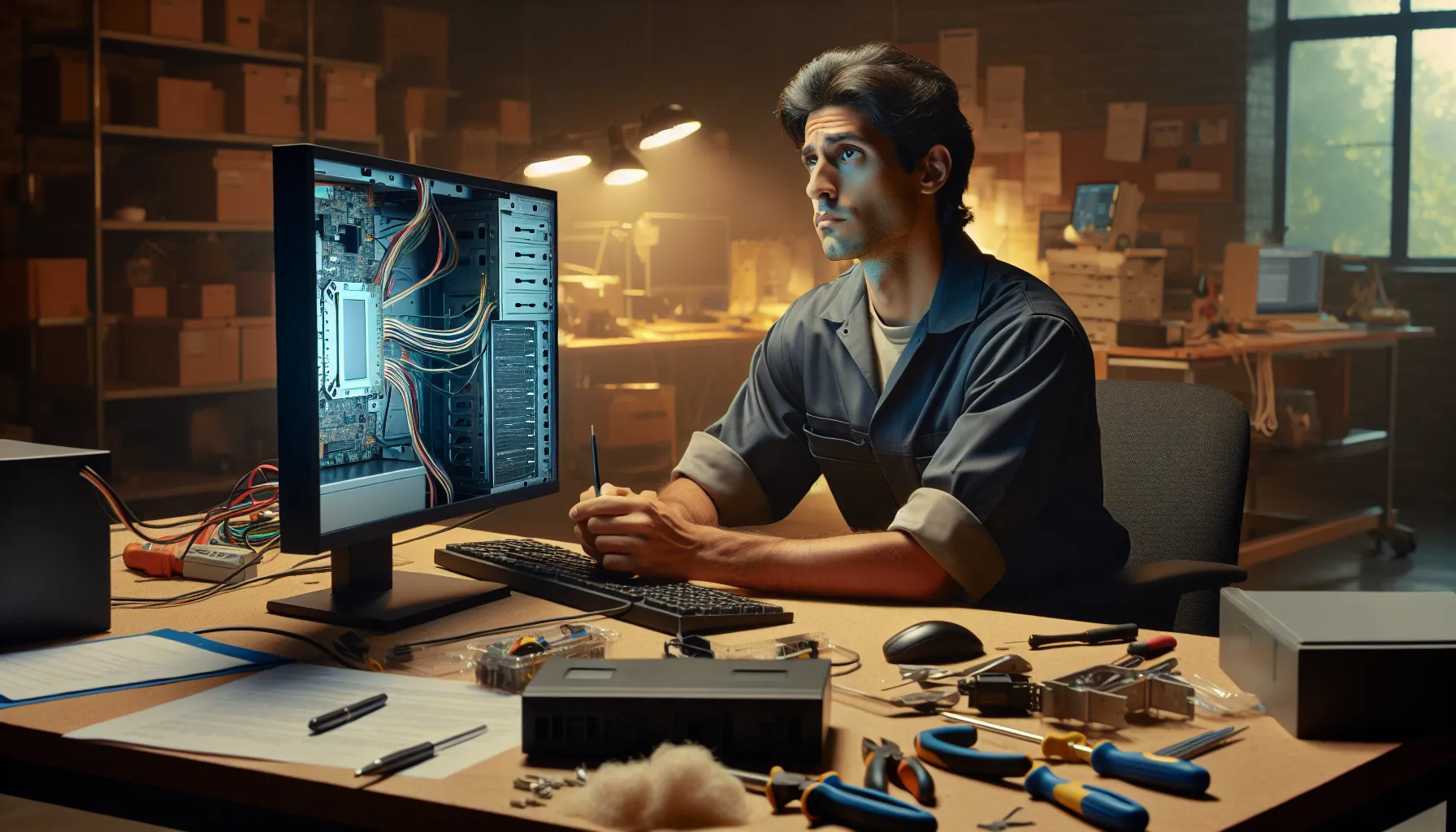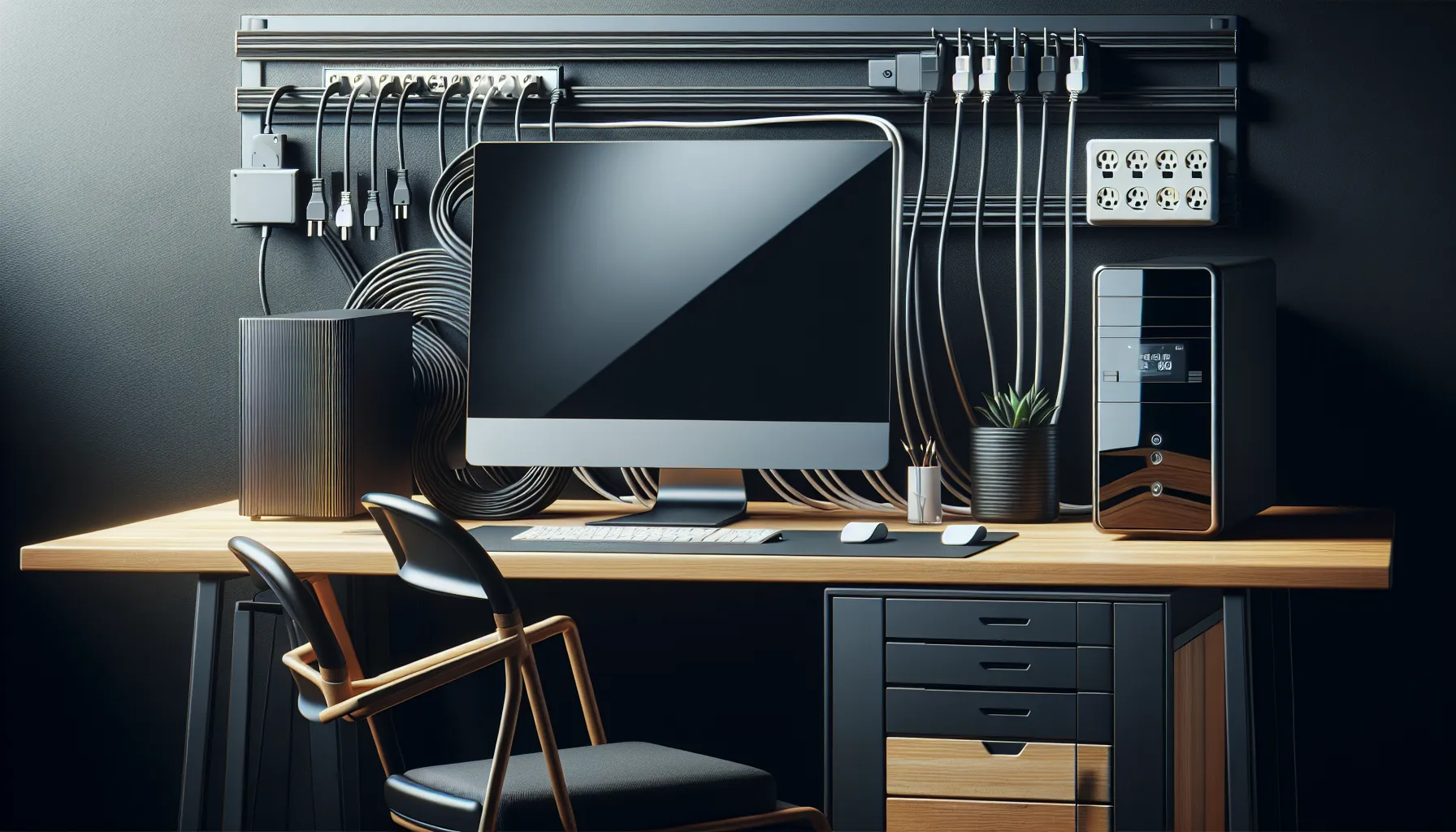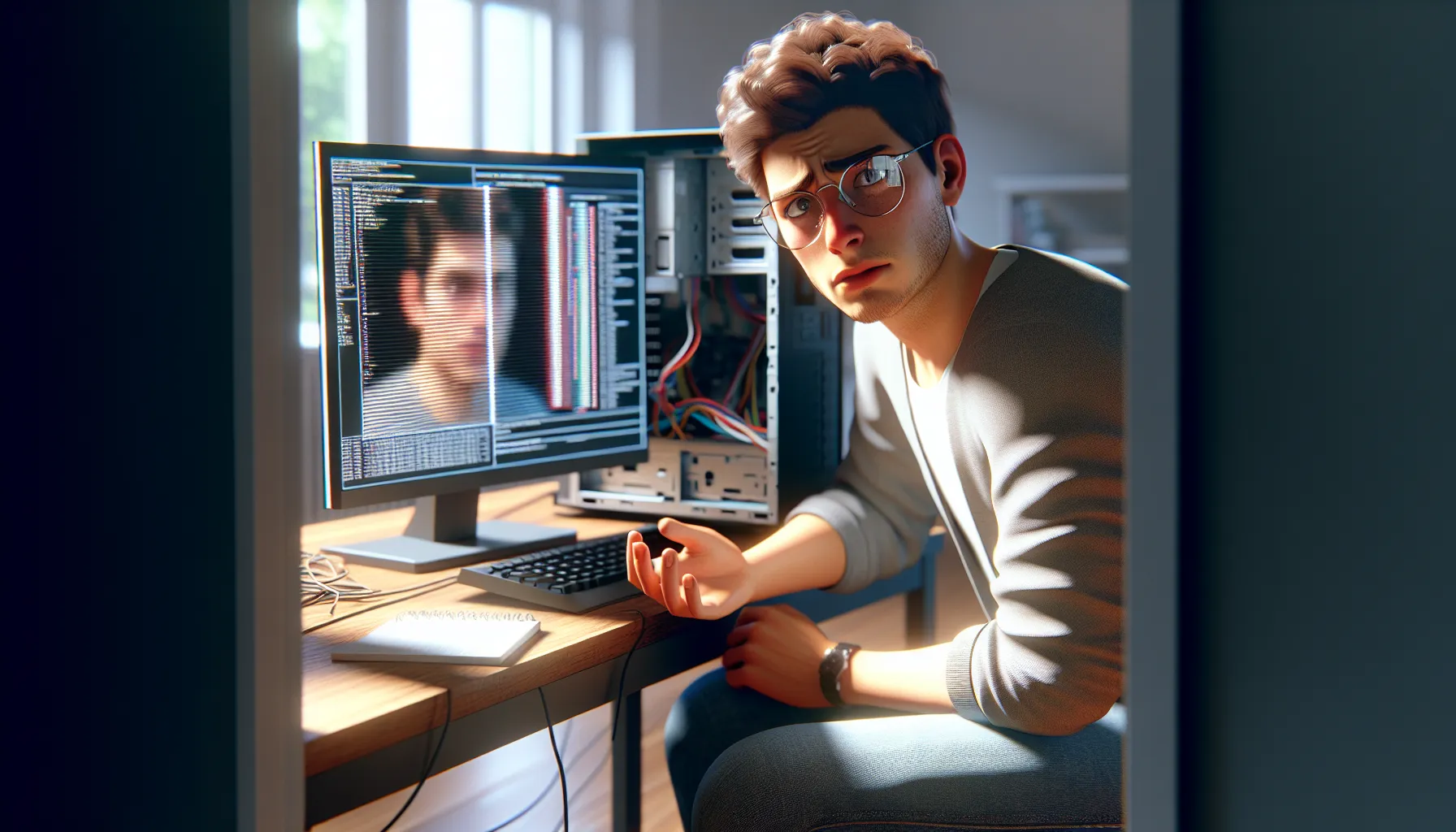Key Takeaways
- Screen flickering is often caused by software issues, hardware problems, or improper display configurations.
- Common culprits include outdated graphics drivers, incorrect display settings, damaged cables, or hardware malfunctions like a failing GPU.
- Diagnosing the issue involves checking display settings, inspecting cables, and testing with an external monitor to pinpoint the root cause.
- Solutions include updating drivers, securing or replacing cables, adjusting the refresh rate, and seeking professional repair for persistent hardware issues.
- Preventing future occurrences requires regular system updates, proper hardware handling, and maintaining clean and stable connections.
I’ve been there—sitting in front of my computer, ready to dive into work or binge my favorite show, when suddenly the screen starts flickering. It’s distracting, frustrating, and honestly, a little concerning. A flickering screen can feel like a small problem at first, but if left unchecked, it can lead to bigger headaches down the road.
There are a bunch of reasons this could be happening, from software glitches to hardware issues. Sometimes it’s as simple as a loose cable, while other times it might point to something more serious. Whatever the cause, figuring it out doesn’t have to be overwhelming. Let’s break it down and get your screen back to working smoothly.
Common Causes Of Computer Screen Flickering
Screen flickering usually points to underlying software, hardware, or configuration problems. Identifying the cause is the first step toward resolving the issue.
Outdated Drivers
Drivers act as the communication bridge between the operating system and hardware. An outdated or corrupted graphics driver often leads to screen flickering. For example, if drivers haven’t been updated to match the latest OS changes, they may not function optimally with your hardware.
Incorrect Display Settings
Improper display settings, such as incorrectly set resolution or scaling, can cause flickering. A mismatch between the monitor’s native settings and the applied configurations may lead to visual inconsistencies.
Hardware Issues
Hardware defects like a failing graphics card, overheating components, or damaged internal connections inside the monitor can cause screen flickering. For instance, a GPU nearing the end of its lifespan might struggle to display content smoothly.
Loose Or Damaged Cables
Physical cable problems often contribute to flickering. Loose connections or frayed HDMI, VGA, or DisplayPort cables may disrupt the signal, causing intermittent display glitches.
Display Refresh Rate Problems
A refresh rate mismatch between the display and the graphics card can result in flickering. Displaying at a lower-than-optimal refresh rate, such as setting a 144 Hz monitor to 60 Hz, may cause noticeable flickers.
How To Diagnose A Flickering Computer Screen

Diagnosing a flickering computer screen involves identifying the root cause. I focus on software and hardware to narrow down the problem quickly.
Identifying The Source Of The Problem
I start by observing when the flickering occurs. If it happens during specific tasks, like gaming or video playback, it could relate to the graphics card or software. Constant flickering may point to hardware issues, including screen damage or internal faults. When flickering stops in safe mode, it’s likely a software conflict or outdated drivers.
Checking Display Settings And Cables
I verify the display settings, ensuring the refresh rate matches the monitor’s specifications. For most modern screens, a 60 Hz or higher rate is ideal. Incorrect settings often cause instability. I also check cables, inspecting HDMI, DisplayPort, or VGA connections for secure fits and visible damage. Swapping cables helps confirm if they’re the issue.
Testing With External Monitors
I connect an external monitor to determine if the flickering persists. If the external display works without issues, the problem lies in the original screen or its connectors. Persistent flickering on both monitors suggests the graphics card or drivers are faulty.
Solutions To Fix A Flickering Screen

Screen flickering disrupts usability, but effective steps often resolve the issue. I’ve outlined solutions addressing both software and hardware problems.
Update Graphics Drivers
Outdated or corrupted graphics drivers often cause flickering. I recommend visiting your graphics card manufacturer’s website, such as NVIDIA, AMD, or Intel, to download the latest driver version for your specific model. If unsure, use the device manager on your computer to check and update the driver automatically.
Adjust Display Settings
Incorrect display settings can create compatibility issues. I suggest configuring the resolution to match your monitor’s native resolution. Access the display settings from your operating system and ensure the scaling and orientation values are set appropriately.
Secure Or Replace Cables
Loose or damaged cables can disrupt signal transmission. Check connections by firmly attaching all cables, such as HDMI or DisplayPort, to both the monitor and computer. Examine cables for visible damage and replace them if necessary, as faulty cables often exacerbate flickering.
Adjust The Refresh Rate
Mismatched refresh rates may result in flickering. Verify and modify the refresh rate through the operating system’s display settings. For instance, select a refresh rate supported by your monitor, such as 60Hz or 144Hz, based on its technical specifications.
Seek Professional Repair For Hardware Issues
Persistent flickering, despite troubleshooting, often points to hardware problems. When internal components like the graphics card or monitor hardware fail, I suggest consulting a professional technician or authorized repair center. This ensures accurate diagnostics and reliable resolution.
Preventing Future Screen Flickering

Avoiding screen flickering in the future depends on proactive care and attention. Taking simple steps can help maintain a stable and flicker-free display.
Regular Maintenance And Updates
Keeping your system updated reduces the chance of flickering caused by software conflicts. I regularly check for operating system and graphics driver updates to ensure compatibility with my hardware. Cleaning the display and connections also prevents dust buildup that may interfere with performance. Monitoring hardware performance through built-in tools helps me identify potential faults early.
Proper Handling And Set-Up Practices
Proper hardware usage minimizes stress on critical components. I place my monitor or laptop on a stable surface to prevent accidental falls or damage to internal connections. Using surge protectors protects the system from electrical fluctuations that might cause display malfunctions. Avoiding excessive bending or pulling on cables helps maintain connectivity and prevents flickering caused by intermittent signal loss.
Conclusion
A flickering screen can be annoying, but it’s often a fixable issue with the right approach. Whether it’s tweaking display settings, updating drivers, or checking for hardware problems, there are plenty of ways to tackle it. Taking the time to address the problem not only restores your screen’s performance but also prevents bigger headaches down the line.
Remember, a little care and maintenance go a long way in keeping your setup running smoothly. If the flickering persists despite your best efforts, don’t hesitate to reach out to a professional. Your screen deserves the best care, and so do you!
Frequently Asked Questions
1. What causes a computer screen to flicker?
Screen flickering can be caused by outdated graphics drivers, incorrect display settings, hardware issues such as a failing graphics card, loose or damaged cables, or problems with the display’s refresh rate. Identifying the root cause is essential to resolving the issue.
2. How do I fix a flickering screen?
To fix a flickering screen, update your graphics drivers, check display settings, inspect cables for damage or loose connections, and adjust the refresh rate to match the monitor’s specifications. If the issue persists, seek professional assistance.
3. Can outdated graphics drivers cause screen flickering?
Yes, outdated graphics drivers are one of the most common reasons for screen flickering. Keeping drivers up to date can resolve the issue and improve system performance.
4. How can I tell if the flickering is caused by software or hardware?
Observe when the flickering occurs. If it happens during specific tasks or after a software update, it’s likely a software issue. Frequent, random flickering may indicate a hardware problem.
5. How does the refresh rate affect screen flickering?
If the refresh rate is set too high or too low for your monitor, it can cause flickering. Ensure the refresh rate matches your monitor’s specifications to avoid this issue.
6. Should I replace my monitor if it flickers?
Not necessarily. First, troubleshoot the issue by inspecting cables, updating drivers, and adjusting settings. If the problem persists, test with another monitor to determine if the screen or hardware is faulty.
7. Can a damaged cable cause screen flickering?
Yes, loose or damaged cables can cause flickering by disrupting the connection between the monitor and the computer. Always securely connect and, if necessary, replace damaged cables.
8. What should I do if my laptop screen flickers only occasionally?
Intermittent flickering might indicate loose internal connections or minor software glitches. Update drivers, adjust settings, and seek professional repair if the issue persists.
9. Is professional repair necessary for a flickering screen?
A professional repair is recommended if troubleshooting steps like updating drivers, checking cables, and adjusting settings don’t fix the issue. Persistent flickering may point to hardware damage.
10. How can I prevent screen flickering in the future?
To prevent flickering, keep graphics drivers updated, maintain proper handling of the monitor, secure all connections, and use a stable refresh rate. Regular maintenance and using surge protectors can also help protect your system.

